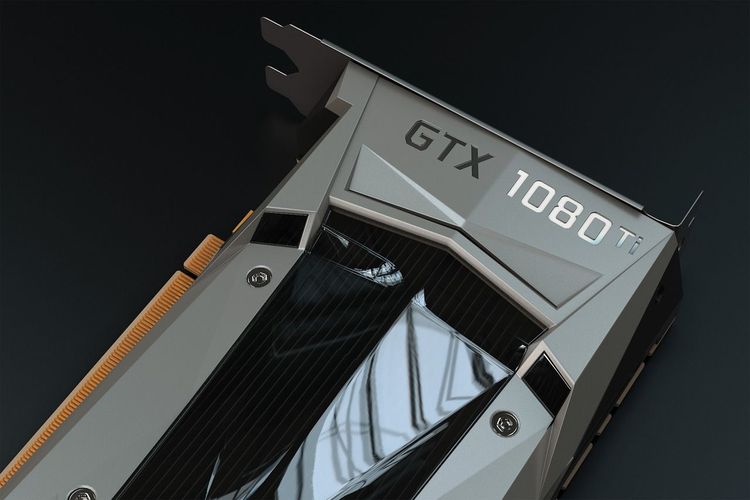In-Depth Analysis of the Galaxy S25 Ultra CPU
In the smartphone industry, the CPU (Central Processing Unit) significantly influences overall device performance. As technology evolves, manufacturers strive to enhance processing power and energy efficiency. Samsung's Galaxy series, especially the newly launched Galaxy S25 Ultra, has garnered substantial attention due to its cutting-edge CPU. This article provides an analysis of the CPU's core specifications, architecture, and future trends.
Core Specifications and Architecture of the Galaxy S25 Ultra CPU
The Galaxy S25 Ultra is powered by Samsung's proprietary Exynos 2400 processor, representing the pinnacle of current technology. Built on an advanced 4nm manufacturing process, the Exynos 2400 features a new “Octa-core” architecture, comprising one Cortex-X4 core, three Cortex-A720 cores, and four Cortex-A520 cores. This design boosts both single-threaded and multi-threaded performance while excelling in energy efficiency.
1.1 Processor Cores
- Cortex-X4 Core: This flagship core focuses on achieving peak single-core performance with significant improvements in clock frequency and instruction set optimization compared to its predecessor, the Cortex-X3. It maintains smooth performance even under high load.
- Cortex-A720 Cores: These cores enhance multi-tasking capabilities, delivering a notable increase in instructions processed per clock cycle compared to the Cortex-A710, which optimizes the performance of complex applications and games.
- Cortex-A520 Cores: Designed for low-load tasks and background processes, these cores employ advanced energy-saving technologies to reduce power consumption while maintaining performance, thereby extending battery life.
1.2 GPU and AI Acceleration
The Exynos 2400 integrates a Mali-G10 GPU, offering substantial advantages in graphics rendering and gaming performance. The Mali-G10 supports advanced graphical techniques and high frame rates, ensuring the Galaxy S25 Ultra excels in demanding gaming scenarios. Additionally, the processor is equipped with an enhanced NPU (Neural Processing Unit) that efficiently handles AI computing tasks such as image recognition and natural language processing.
Performance Evaluation and Real-World Applications
2.1 Performance Assessment
Real-world performance tests reveal that the Exynos 2400 excels across various benchmarks. In Geekbench 6, the single-core performance improved by approximately 20% and multi-core performance by 15% compared to its predecessor, showcasing smooth performance in complex computations. The Mali-G10's enhancements also led to impressive scores in 3DMark, allowing the S25 Ultra to run demanding games like "PUBG" and "Genshin Impact" seamlessly at high graphics settings with consistent frame rates.
2.2 Battery Life and Thermal Management
The Exynos 2400 demonstrates significant energy efficiency, reducing power consumption by around 15% under equivalent loads, which extends battery life and mitigates overheating during intensive tasks. The Galaxy S25 Ultra features an advanced thermal management system, including liquid cooling and multi-layer heat dissipation materials, ensuring stable performance during prolonged high-load operations.
2.3 AI and Machine Learning Applications
The NPU in the Exynos 2400 excels in AI and machine learning tasks, markedly improving image processing and voice recognition capabilities. It enables real-time optimization of photography, even in low-light conditions. Furthermore, the NPU quickly processes voice commands and natural language inputs, enhancing user experience through seamless interaction.
Future Outlook and Technological Trends
As technology progresses, future processors are expected to make further strides in performance, energy efficiency, and intelligence. The launch of the Exynos 2400 signifies a milestone in Samsung's CPU technology, with future developments likely to focus on several key areas:
3.1 More Efficient Manufacturing Processes
Upcoming processors are anticipated to utilize even more advanced manufacturing techniques, such as 3nm or 2nm processes, to boost performance and efficiency, allowing for greater computational power within smaller devices.
3.2 Enhanced AI Capabilities
AI and machine learning are set to become increasingly crucial. Future processors will integrate more AI computation units, enabling them to support complex AI tasks while delivering robust performance at reduced power consumption. This development will enhance smartphone capabilities in areas like image processing and voice recognition.
3.3 Integration of Additional Features
Future processors will likely incorporate advanced graphic processing units and powerful network handling capabilities, improving overall smartphone performance in gaming, communications, and multimedia processing.
Conclusion
The Exynos 2400 processor in the Galaxy S25 Ultra exemplifies state-of-the-art smartphone processing technology. With its advanced architectural design, superior energy efficiency, and robust AI capabilities, this processor delivers outstanding performance and user experience. As technology continues to evolve, future processors will push boundaries even further, promising users an enhanced smartphone experience.






